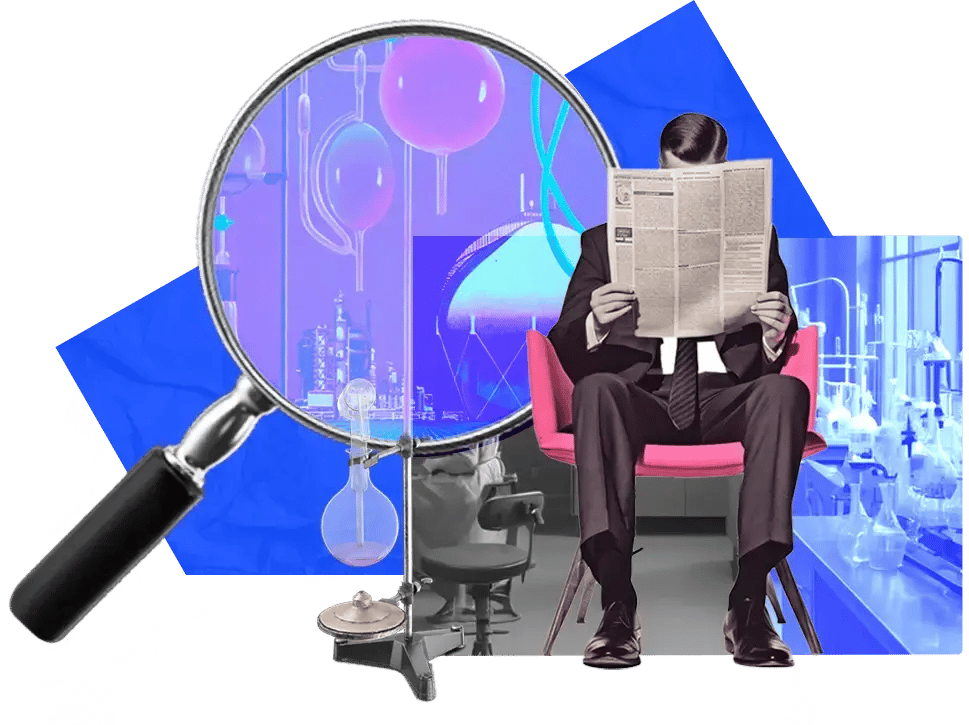 Innovation
Innovation
ITONICS INNOVATION BLOG
Let's talk innovation
Inspiring insights and best practices on innovation management, foresight, and strategy.

 Innovation
Innovation
 Innovation
Innovation
Using the Three Horizons Model for Balanced Innovation Portfolios
02 Jan 26 | 5 mins read
 R&D and Tech
R&D and Tech
Technology Reporting: 7 Tools Tech Managers Need To Scale Tech Fluency
30 Dec 26 | 13 mins read
 Strategy
Strategy
Product Roadmap Alignment: A Strategic Guide for 2026
29 Dec 26 | 21 mins read
/venture-clienting-for-dual-use-startups-guidelines-full.webp??&width=900&height=450&name=venture-clienting-for-dual-use-startups-guidelines-full.webp) Innovation
Innovation
The Open Innovation Process That Scales External Ideas: 6 Design Rules
29 Dec 26 | 20 mins read
 Strategy
Strategy
Modern Strategic Portfolio Management Process: Meetings to Rhythms
16 Dec 25 | 14 mins read
 Product Development
Product Development
7 Technology Development Strategies for Smarter Innovation Investment
09 Dec 25 | 19 mins read
 Strategy
Strategy
The Modular Partner Ecosystem: 8 Non-Negotiable Design Rules
08 Dec 25 | 16 mins read
 Innovation
Innovation
The 3 Biggest Challenges in Foresight (and How to Solve Them)
05 Dec 25 | 9 mins read